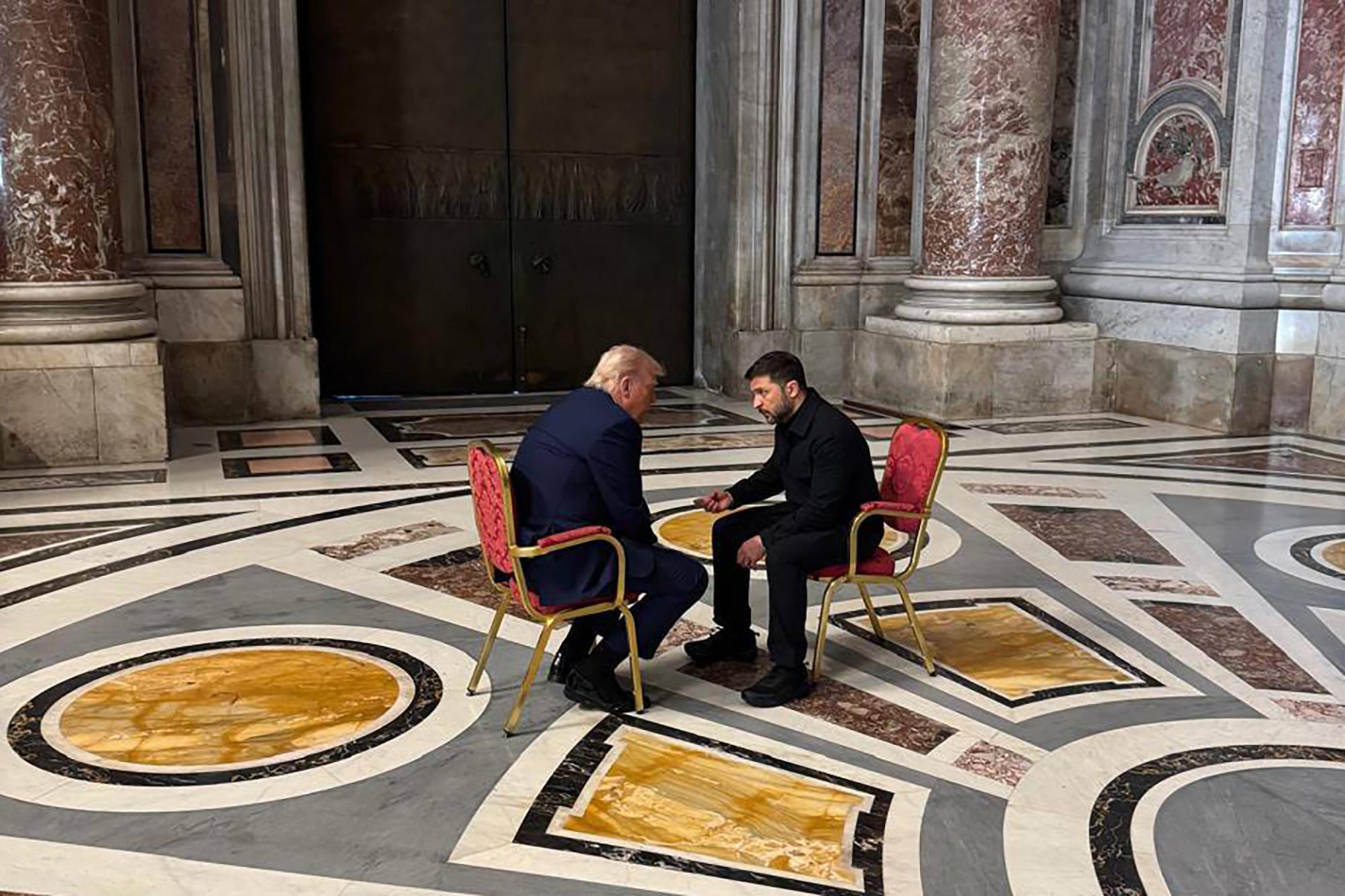New York museums to disclose artwork looted by Nazis
ALBANY

Museums in New York that exhibit artworks looted by Nazis during the Holocaust are now required by law to let the public know about those dark chapters in their provenance through placards displayed with the stolen objects.
At least 600,000 pieces of art were looted from Jewish people before and during World War II, according to experts. Some of that plunder wound up in the world’s great museums.
New York Gov. Kathy Hochul signed a law in August requiring museums to put up signs identifying pieces looted by the Nazis from 1933 through 1945.
The new rule comes as many museums in the U.S. and Europe are also reckoning with collections that contain numerous objects looted from Asia, Africa and other places during centuries of colonialism.
It isn’t clear how many pieces of art now on display will wind up being labeled as Nazi loot, and disagreements have already arisen over certain artworks with a complicated history.
The Metropolitan Museum of Art, in New York City, said it had identified 53 works in its collection as having been seized or sold under duress during the Nazi era.
All of those objects were obtained by the museum after being returned to their rightful owners. But Andrea Bayer, the museum’s deputy director for collections and administration, said the public still should know about their history.
“People should be aware of the terrible cost to people during World War II as these confiscations took place, and how these peoples’ treasures that they loved and had been in their families, had been torn from them at the same time their lives were disrupted,” she said.
Researching the provenance of an object has gotten easier in the digital age and some museums have launched efforts to identify artworks with a problematic ownership history.
New York law had already required museums to report works believed to have been stolen during the Nazi period to the Art Loss Register, the world’s largest database on stolen art.
A U.S. law passed in 2016 provides victims of Holocaust-era persecution and their heirs a fair opportunity to recover works of art taken by the Nazis.
Among the 53 pieces at the Metropolitan Museum of Art that will get signage identifying them as having once been looted is a Turkish helmet dating to the late 15th and 16th century that had been seized by Nazis from its owner Baron Alphonse Mayer Rothschild in 1938. It was returned to Rothschild’s widow in 1949 and sold to the museum in 1950.
Another is a 1695 painting titled “Gamepiece with a Dead Heron” by Dutch painter Jan Weenix. It was also seized by the Nazis from Rothschild in 1939, later returned to his widow in 1948 and sold to the museum in 1950.
In the last two decades, the museum has returned or reached settlements on 10 artworks that changed hands during the Nazi period, including a Claude Monet painting.
New York Sen. Anna M. Kaplan, who sponsored the legislation, said the new law is partly about educating younger people unfamiliar with the Holocaust.
“Because the survivors of the Holocaust are a generation that is dying out, this becomes much more important,” said Fisher, of the Claims Conference. “The object become much more important. The idea that students and general public should go through museums to understand where these items come from, is important.”
















